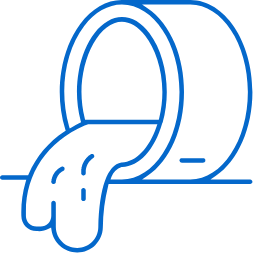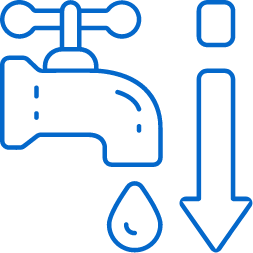The design of a septic tank involves several key considerations to ensure its effective and safe operation. Here are some essential design aspects:
- Tank Size: The size of the septic tank depends on the number of people using the system and the local regulations.
- Tank Shape: Septic tanks are typically rectangular or cylindrical in shape.
- Inlet and Outlet Pipes: Design the inlet and outlet pipes to control the flow of wastewater into and out of the tank.
- Compartments: Many septic tanks have two compartments separated by a dividing wall.
- Depth: The depth of the tank should be adequate to allow for settling of solids but not so deep that it interferes with the proper functioning of the tank.
- Material: Septic tanks are typically made of concrete, fiberglass, or plastic.
- Accessibility: Design the septic tank with access ports or manholes for inspection, maintenance, and pumping.
- Drain Field Design: The septic tank should be connected to a drain field or leach field that is designed to handle the treated effluent. The design of the drain field should consider factors like soil type, slope, and required absorption area.
- Safety Measures: Include safety features like covers and warning signs to prevent accidents, especially if the septic tank is located in an area accessible to people or vehicles.
- Regulatory Compliance: Ensure that the septic tank design meets local regulations and building codes. Permits may be required before installation.
- Environmental Considerations: Design the septic system with environmental protection in mind, considering factors like groundwater protection and preventing contamination of surface water sources.
It’s essential to consult with a qualified engineer or septic system professional to ensure the proper design and installation of a septic tank system, as local regulations and site-specific conditions can vary significantly



